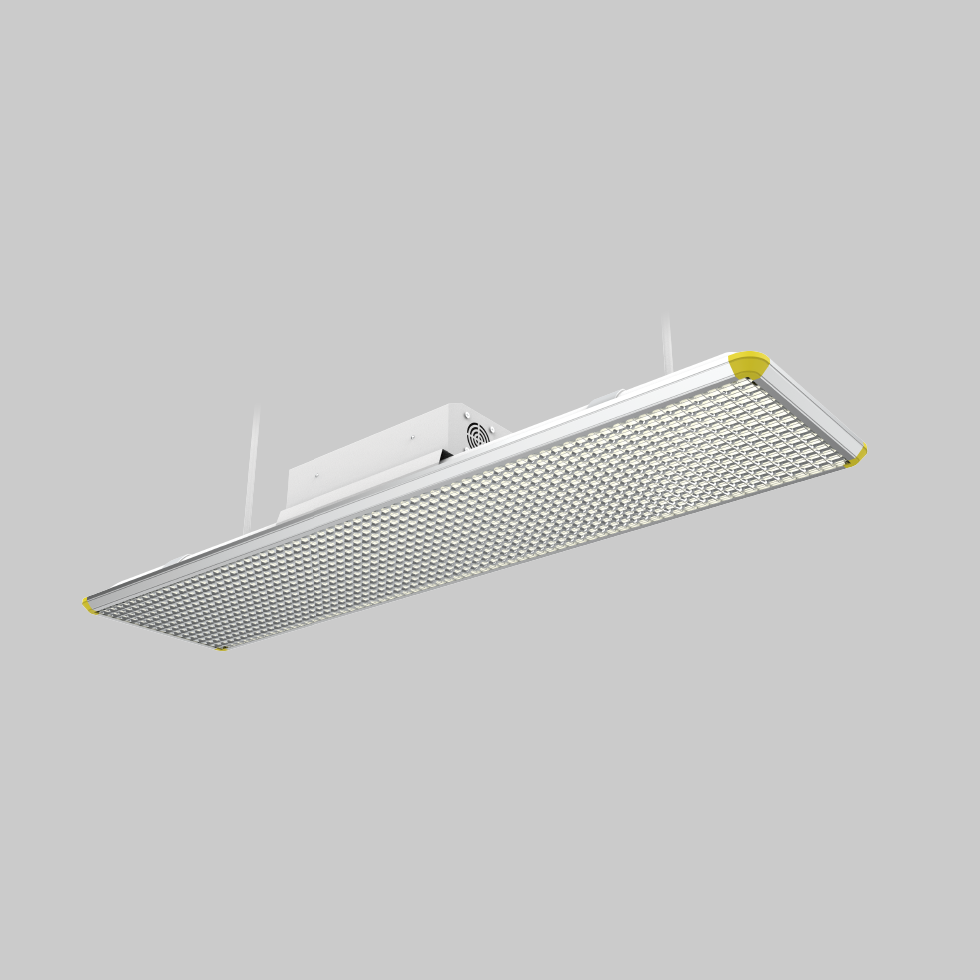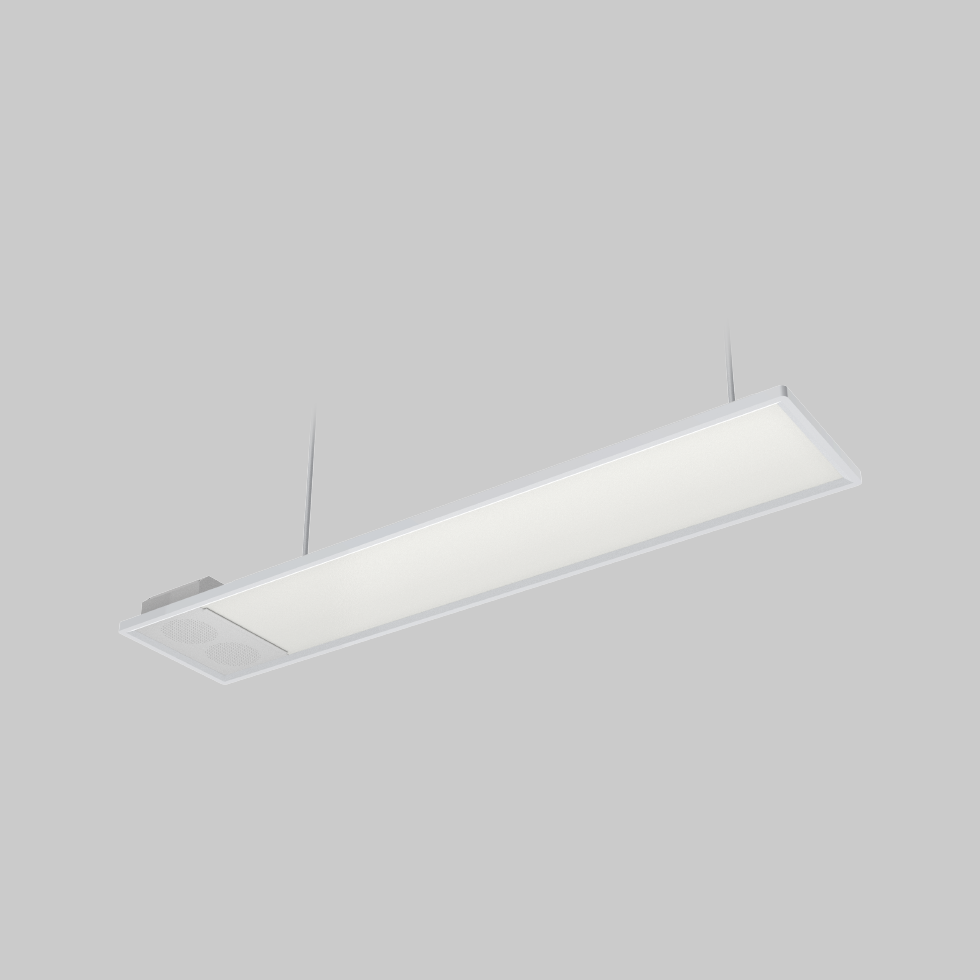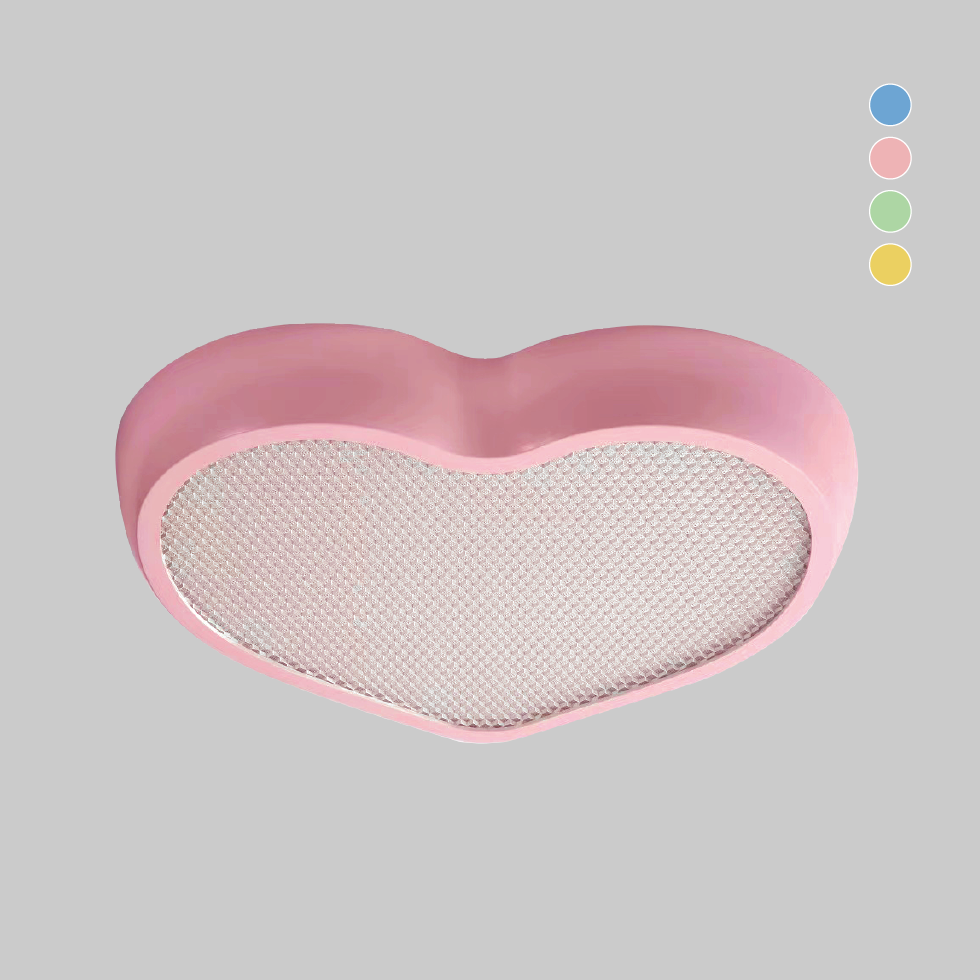
In an age where educational environments are increasingly being optimized for better learning outcomes, it is staggering to note that over 90% of classrooms worldwide still rely on outdated lighting systems. This statistic underscores the urgent need for modern solutions like LED lights, which not only enhance visibility but also align with contemporary legal and regulatory frameworks.
The Regulatory Framework Surrounding LED Lights for Classrooms
led lights for classrooms represent a significant advancement in educational infrastructure. Their adoption is governed by various legal regulations aimed at ensuring safety, energy efficiency, and environmental sustainability. In many jurisdictions, compliance with standards such as the Energy Policy Act or local building codes is mandatory when integrating these lighting solutions into educational settings. Furthermore, their role in Multilateral Trade Agreements (MTAs) cannot be overlooked; countries often negotiate terms that facilitate the trade of energy-efficient technologies like LEDs to promote sustainable development globally.
Exploring LED Mesh Facade and Its Role in Multilateral Trade Agreements

The integration of led mesh facades within classroom designs has gained traction due to its aesthetic appeal and functional benefits. From a regulatory perspective under MTAs, these innovative structures must adhere to specific guidelines regarding material sourcing and manufacturing processes. Countries involved in such agreements typically emphasize transparency about product origins and adherence to international safety standards—factors crucial for fostering trust among trading partners while promoting eco-friendly practices.
A Closer Look at EXC Lighting’s Position Within Multilateral Trade Agreements
EXC Lighting exemplifies how companies can navigate the complexities of MTAs effectively:
- Compliance Assurance: EXC Lighting ensures all products meet international quality standards mandated by MTAs.
- Sustainable Sourcing: The company prioritizes materials sourced from environmentally responsible suppliers recognized under global trade agreements.
- Cultural Sensitivity: By understanding regional regulations related to education infrastructure, EXC adapts its offerings accordingly across different markets.
- Diverse Product Range: Their extensive portfolio includes customizable options that cater specifically to varying legislative requirements around the world.
- Innovation Leadership: As a pioneer in developing cutting-edge technology compliant with MTA stipulations, they set industry benchmarks that others follow.
A Conclusive Perspective on LED Lights for Classrooms within Multilateral Trade Agreements
The intersection between LED lights for classrooms and Multilateral Trade Agreements highlights not just technological advancements but also critical legal considerations shaping their deployment globally. As we move towards more sustainable educational environments through efficient lighting solutions like LEDs—and as nations collaborate through trade agreements—the importance of adhering to established regulations becomes paramount. Ultimately, this synergy fosters innovation while ensuring safe learning spaces equipped with state-of-the-art illumination technologies.
